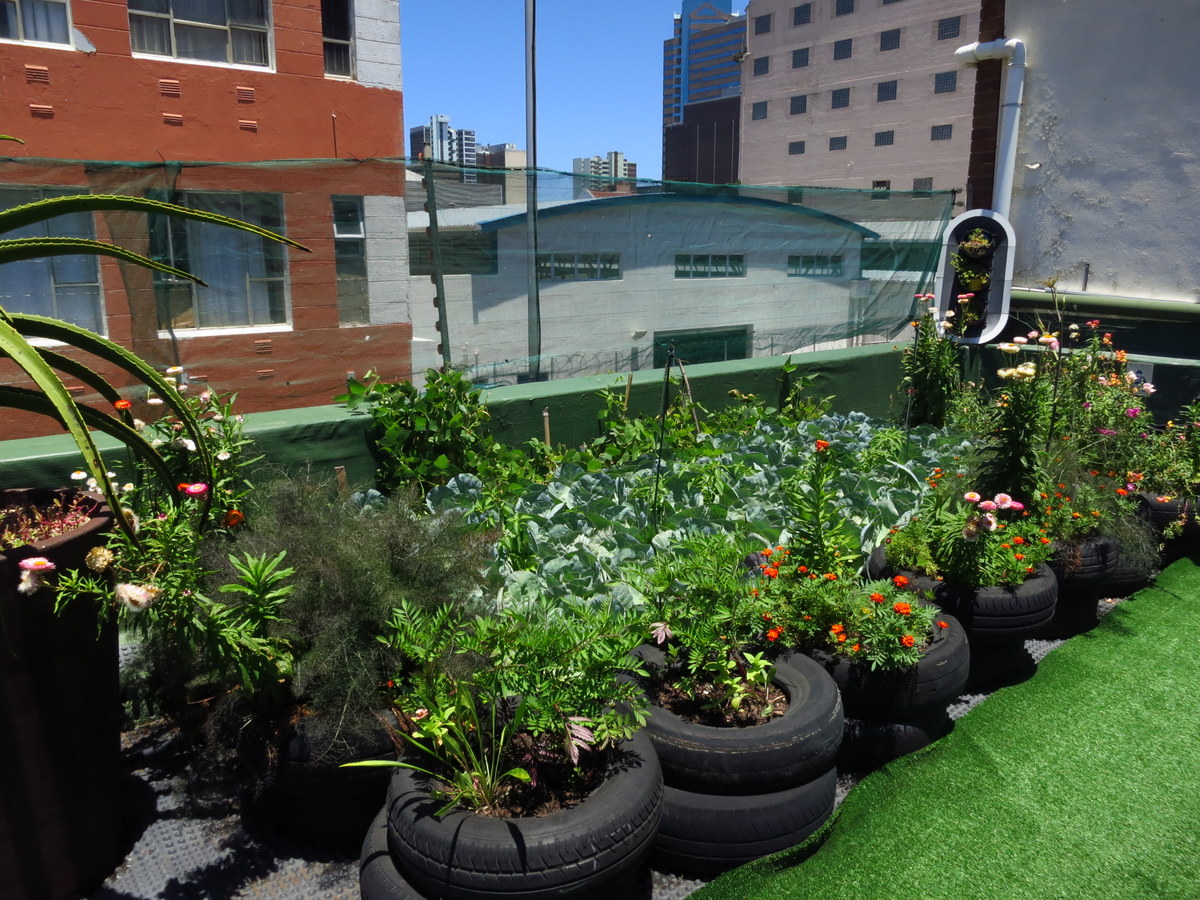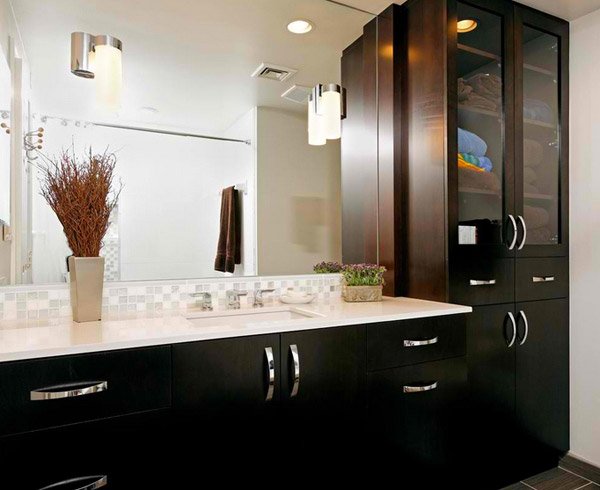The concrete jungle is getting a taste of the wild. Honestly, look up. The next time you’re in a city, glance at the rooftops. You might just see a flash of green where there was once only gray. Urban rooftop farming isn’t just a trendy hobby for green-thumbed city dwellers. It’s a full-blown revolution in how we use space, grow food, and build community.
Here’s the deal: our cities are sprawling, but our connection to nature is shrinking. Rooftop agriculture tackles that head-on. It’s about utilizing every single square foot, transforming barren, heat-absorbing tar beaches into productive, living ecosystems. Let’s dive into why this is more than just a garden in the sky.
Why Bother? The Compelling Case for Rooftop Greens
Sure, it looks nice. But the benefits of urban rooftop farming go way, way beyond aesthetics. This is about solving multiple urban problems with a single, elegant solution.
A Cooler, Cleaner City
Ever heard of the Urban Heat Island effect? It’s that oppressive, sticky heat that seems to get trapped between buildings. All that concrete and asphalt soaks up the sun and re-radiates it, making cities significantly hotter than surrounding rural areas.
Well, plants are nature’s air conditioners. Through a process called evapotranspiration, they release moisture into the air, which has a natural cooling effect. A green roof can be up to 30–40°F cooler than a conventional rooftop. That means less energy spent on cooling the buildings beneath them and a more comfortable city for everyone.
From Food Miles to Food Feet
Think about the journey a strawberry takes to get to your plate in a city center. It’s often flown, shipped, and trucked over thousands of miles. That’s a huge carbon footprint. Rooftop farming slashes those “food miles” down to, well, “food feet.”
This hyper-local food system means produce is harvested at its peak ripeness and can be on a shelf—or better yet, in a restaurant or home—within hours. The flavor is incomparable. The nutritional value is higher. And the environmental cost? Drastically lower.
Getting Started: It’s Not Just Dirt and Seeds
Okay, so you’re sold on the idea. But how does it actually work? You can’t just dump a pile of soil on a roof and hope for the best. Structural integrity, waterproofing, drainage… these are the unsexy but utterly critical foundations of any successful rooftop farm.
The Building Blocks of a Sky-High Garden
First things first, you need a professional structural assessment. Soil is heavy, especially when wet. A structural engineer needs to confirm the roof can handle the load.
Next comes the layering system, which is a bit like making a lasagna:
- Waterproof Membrane & Root Barrier: This is your non-negotiable base layer. It protects the building from water damage and pesky roots that might try to poke through.
- Drainage Layer: Prevents waterlogging. Usually a lightweight mat or a layer of gravel that allows excess water to escape.
- Filter Fabric: Keeps the growing medium from washing down into the drainage layer.
- Growing Medium: This isn’t just regular garden soil. It’s a special, lightweight engineered blend that provides good aeration and water retention without the crushing weight.
- The Plants! The fun part.
Choosing Your Crops: What Thrives Up High?
Rooftops are unique environments. They’re windy. They’re sunny—often getting more direct light than ground-level plots. You need to choose plants that can handle those conditions.
Shallow-rooted, hardy, sun-loving crops are your best bet. Think:
- Leafy greens (lettuce, kale, Swiss chard, arugula)
- Herbs (thyme, oregano, rosemary, mint)
- Tomatoes and peppers (especially in containers)
- Strawberries
- Some root vegetables, like radishes and green onions, in deeper beds
You know, the stuff that doesn’t need a deep, deep root system to thrive. You’re probably not growing a full-sized oak tree up there.
Beyond Vegetables: The Social Harvest
This might be the most beautiful part of the whole movement. The yield from a rooftop farm isn’t just measured in pounds of tomatoes. It’s measured in community connections, in educational opportunities, in pure, simple joy.
Imagine a corporate rooftop that becomes an employee garden—a place to de-stress and collaborate outside the cubicle. Or an apartment building where neighbors who used to be strangers now bond over weeding and harvesting. Schools are using rooftop gardens as living classrooms, teaching kids about biology, nutrition, and sustainability in a hands-on way that a textbook never could.
These spaces become oases. A place to escape the city’s noise without ever leaving it. The mental health benefits of gardening, of getting your hands in the soil, are well-documented. It’s a form of therapy that just happens to produce snacks.
The Challenges: Let’s Be Real
It’s not all sunshine and rainbows, of course. The initial investment can be significant. You’ve got those structural assessments, the specialized materials, the irrigation systems… it adds up. Access can be tricky—getting soil, compost, and equipment up to the roof is a logistical puzzle.
And then there’s the wind. And the weather exposure. A ground-level garden might get some shelter, but a rooftop farm takes whatever the sky dishes out, full force.
That said, the long-term payoffs—reduced energy bills, stormwater management savings, increased property values, and the sheer value of the food produced—often start to outweigh those initial hurdles. It’s an investment in the future of the building and the city.
A Glimpse at the Future Skyline
So where is this all going? The potential is staggering. We’re starting to see fully integrated “agritecture,” where farms are designed into new buildings from the very beginning. We’re seeing hydroponic and aquaponic systems on roofs, using 90% less water than traditional agriculture.
Think about it. What if every new commercial or residential building was required to have a green roof? The collective impact would be transformative. Cleaner air. Cooler temperatures. Reduced strain on sewer systems from stormwater runoff. And a more resilient, localized food supply chain.
We’re reimagining the very skin of our cities. We’re learning that growth doesn’t always have to mean spreading outward. It can mean reaching upward, greening the unused spaces we already have. It’s a quiet, growing testament to the fact that even in the most built environments, nature finds a way—or rather, we are finally making a way for it.








